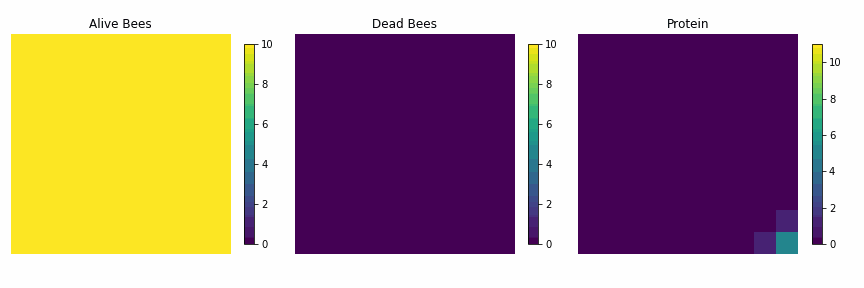Automated Deep Abstractions for Stochastic Chemical Reaction Networks
Predicting stochastic cellular dynamics as emerging from the mechanistic models of molecular interactions is a long-standing challenge in systems biology: low-level chemical reaction network (CRN) models give raise to a highly-dimensional continuous-time Markov chain (CTMC) which is computationally demanding and often prohibitive to analyse in practice. A recently proposed abstraction method uses deep learning to replace this CTMC with a discrete-time continuous-space process, by training a mixture density deep neural network with traces sampled at regular time intervals (which can obtained either by simulating a given CRN or as time-series data from experiment). The major advantage of such abstraction is that it produces a computational model that is dramatically cheaper to execute, while preserving the statistical features of the training data. In general, the abstraction accuracy improves with the amount of training data. However, depending on a CRN, the overall quality of the method -- the efficiency gain and abstraction accuracy -- will also depend on the choice of neural network architecture given by hyper-parameters such as the layer types and connections between them. As a consequence, in practice, the modeller would have to take care of finding the suitable architecture manually, for each given CRN, through a tedious and time-consuming trial-and-error cycle. In this paper, we propose to further automatise deep abstractions for stochastic CRNs, through learning the optimal neural network architecture along with learning the transition kernel of the abstract process. Automated search of the architecture makes the method applicable directly to any given CRN, which is time-saving for deep learning experts and crucial for non-specialists. We implement the method and demonstrate its performance on a number of representative CRNs with multi-modal emergent phenotypes.
PDF Abstract
